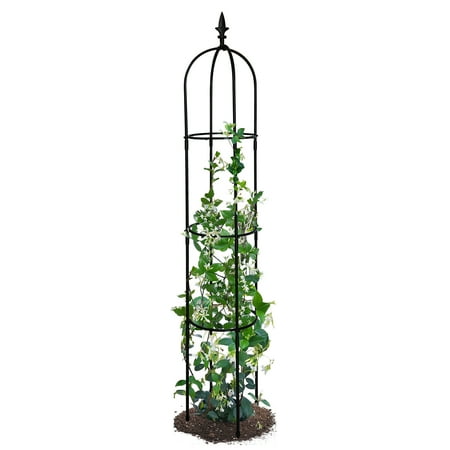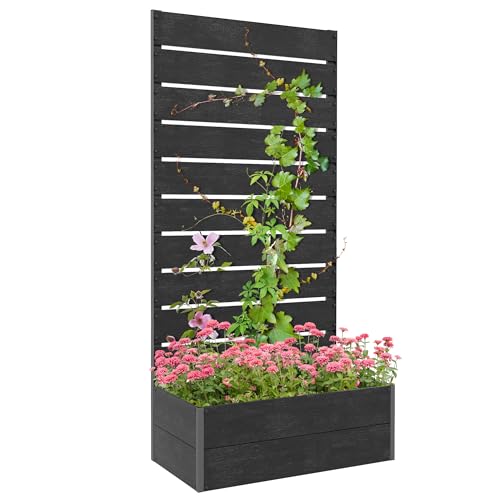Native alternatives to invasive wisteria – 5 North American climbing plants with spectacular foliage and flowers to grow instead
These native vines will fill garden walls, fences and pergolas with greenery

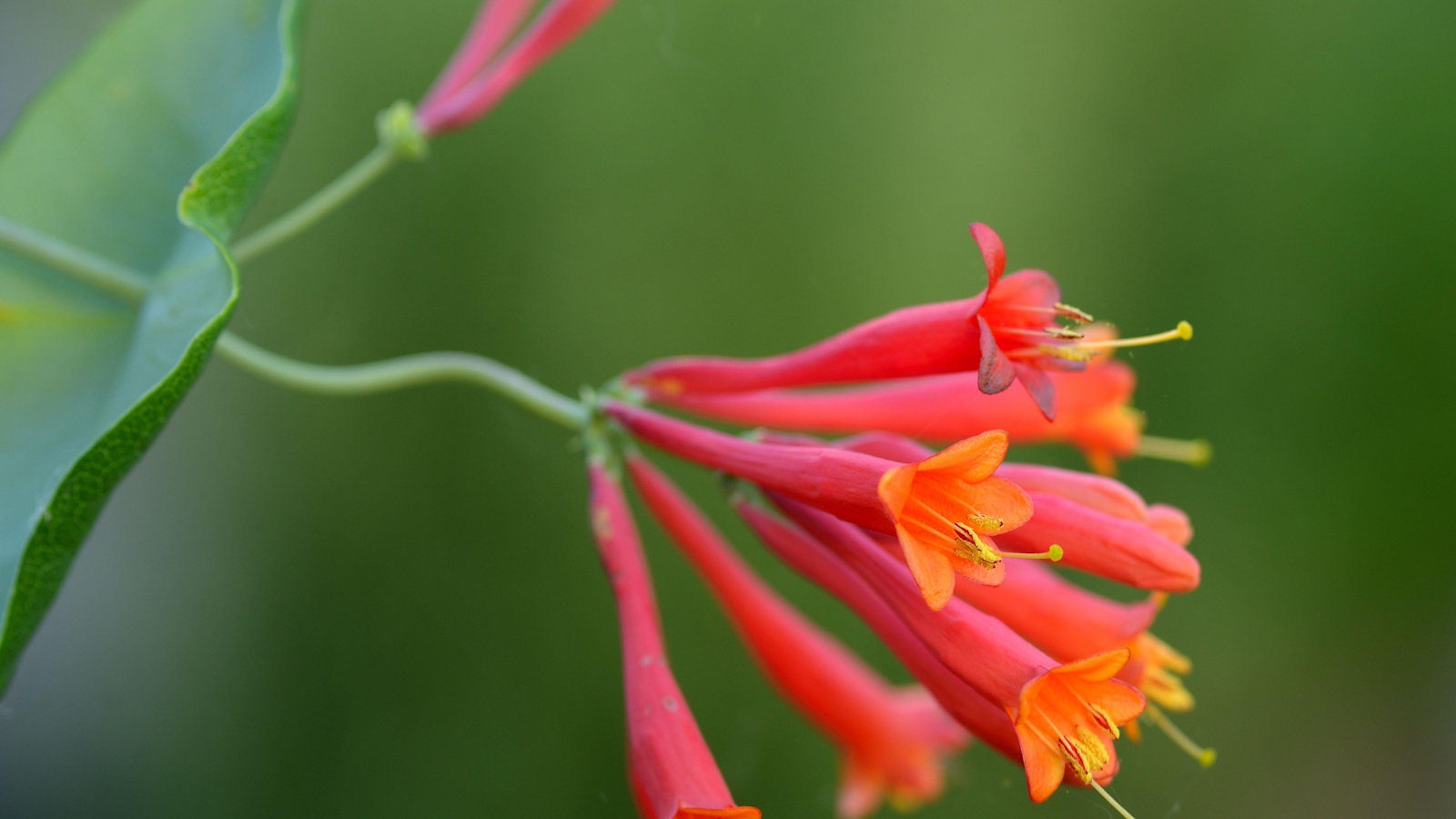
Three years ago, when I was working as a professional gardener in Tuscany, I cared for a wisteria walkway that stretched on and on. As impressive as it looked, this part of the garden required a lot of care, and I would constantly be snipping runners and pulling up wisteria seedlings that appeared here, there and everywhere.
Their vigor, then, is also their curse, and it is for this reason that two of the most common wisteria species are considered invasive in the US. Chinese wisteria, Wisteria sinensis, and Japanese wisteria, Wisteria floribunda, can grow up to 10 feet in a single season, which is both impressive and scary. It is no surprise, then, that several states, including Florida and Texas, consider these two wisterias as invasive plants to avoid growing.
Fortunately for us, there are equally stunning native alternatives to invasive wisteria that do not pose quite the same risks. From fragrant honeysuckle to the North American wisteria, many native fast-growing climbing plants can add color and impact wherever they ramble and vine. Here are five expert-approved native alternatives to invasive wisteria to grow.
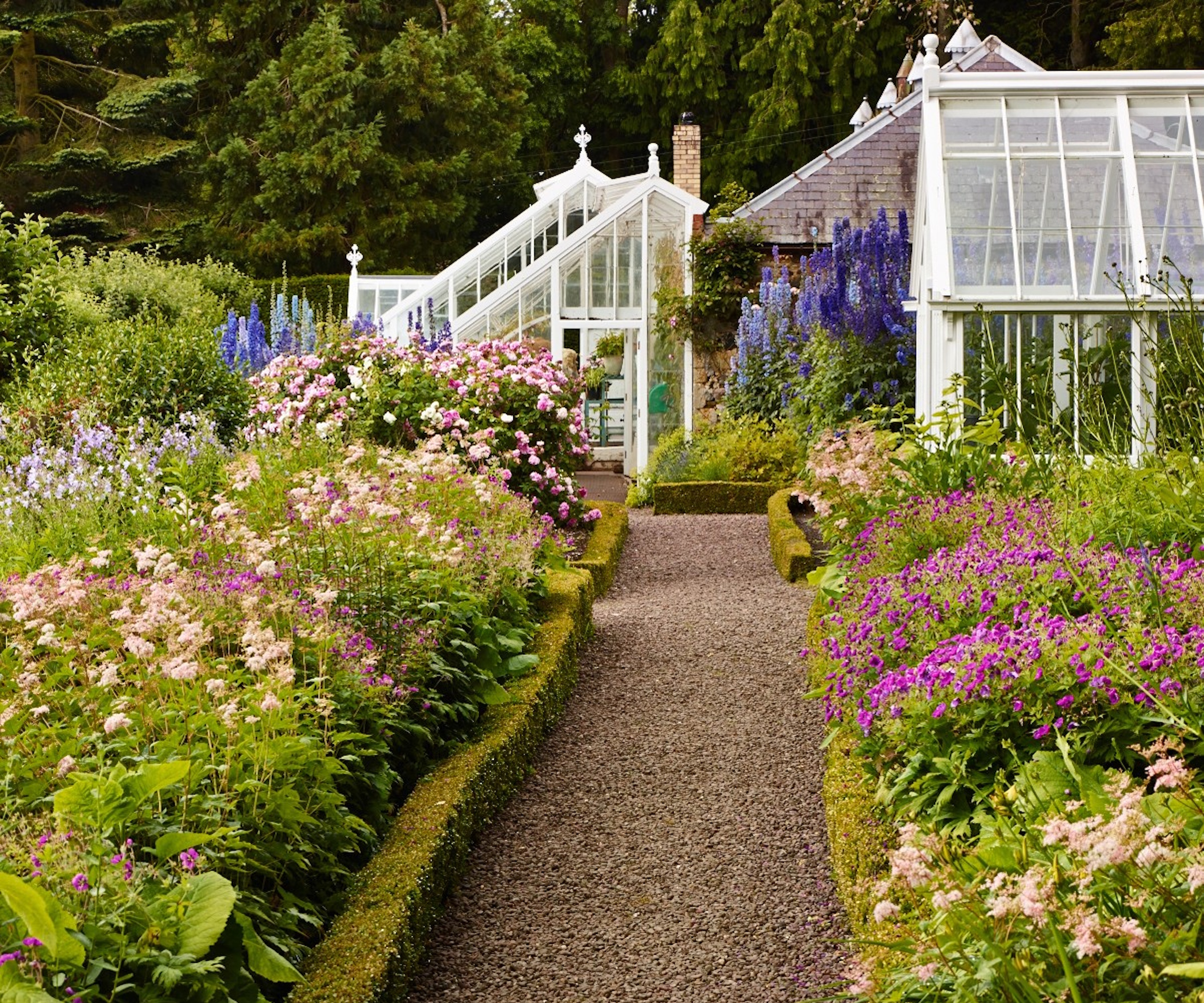
5 native alternatives to invasive wisteria
If you already know how to grow wisteria, then you will appreciate how vigorous they can be. In a sunny yard, they can produce remarkable growth in a matter of days.
One option is to grow sterile cultivars like ‘Amethyst Falls’, which does not produce viable seed (although it will still produce plenty of runners). ‘Amethyst Falls’ live plants are available from Nature Hills.
However, why not also consider growing native alternatives to invasive wisteria species? Whatever native plants you opt for, just make sure they are well-suited to your US hardiness zone and the conditions in your yard.
1. American wisteria
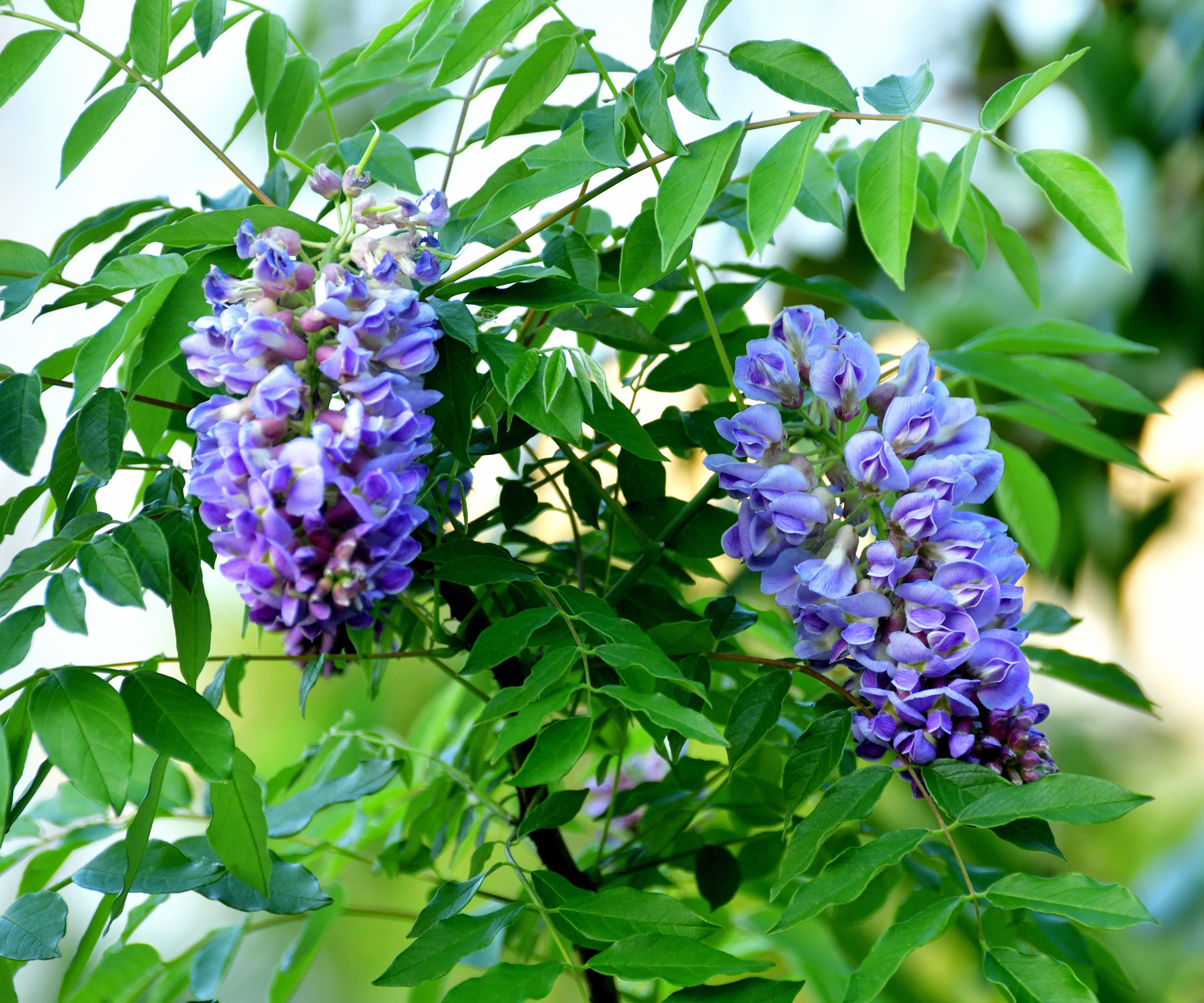
In its native range, the American wisteria, or Wisteria frutescens, inhabits swamps, riverbanks and woodlands across much of the eastern half of the US, from Virginia south to Florida.
Design expertise in your inbox – from inspiring decorating ideas and beautiful celebrity homes to practical gardening advice and shopping round-ups.
It will thrive in sunny and warm regions, but can be grown down to US hardiness zone 5, just be sure to give it as much light as possible to guarantee the maximum number of flowers.
It is not generally necessary to fertilize wisteria, and this applies to the native Wisteria frutescens, too, typically considered a climbing plant that thrives on neglect. However, pruning is important to maintain its shape and habit.
Prune American wisteria twice per year: once in summer, usually one or two months after the flowering has finished, and again in mid-winter, to keep your vines in good health and full of blooms.
Wisteria frutescens live plants are available from Amazon.
2. Clematis
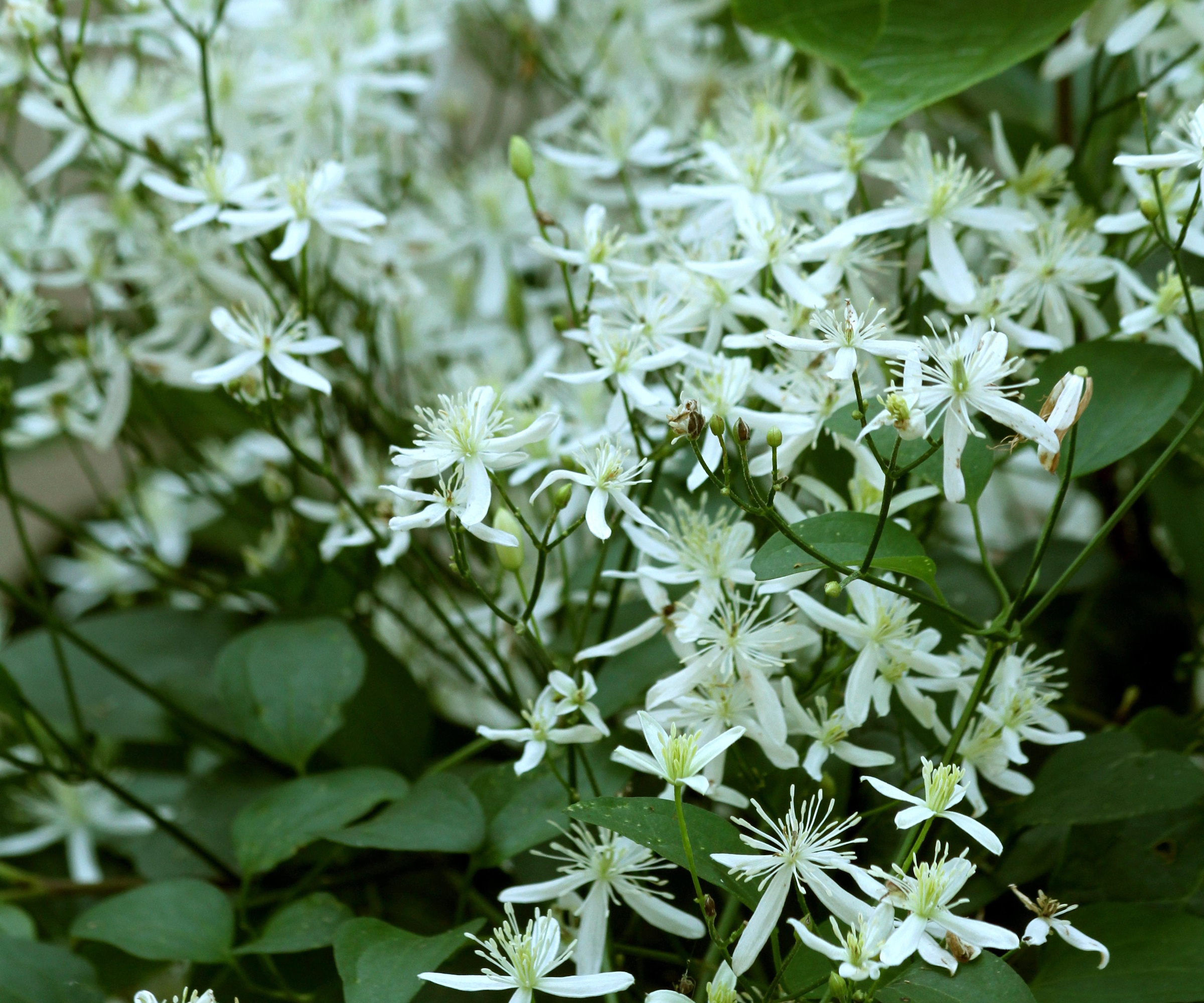
'For flowering native alternatives to invasive wisteria, there are a handful of native clematis vines to try,' says plant expert Katie Sunderlage.
'Why not learn how to grow pale leather flowers, found across the southeastern and south-central United States? This native species grows best from zone 5 to zone 9, with a preference for full sun or part-shade, and moist but well-draining soil.'
Alternatively, try virgin's bower, or Clematis virginiana, which produces masses of white blooms during spring, as can be seen in the image above. Just be careful when handling this native species, as the sap is toxic and can irritate the skin.
Clematis virginiana seeds are available to order from Amazon.
'Just remember, as is the case with any clematis vines, you must keep the roots cool, so shading the base of the plant is key. Grow our native wild ginger or creeping phlox to keep the roots safe.'

Operations Manager at Holland Group, managing the customer service department and purchasing. Katie has been in the green industry since 2005 in the Greater Milwaukee area, earning her degree in Horticulture in 2008. She has been able to share her love for plants working in multiple garden centers, in sales positions and most recently in an online retail platform at Holland Group.
3. American bittersweet
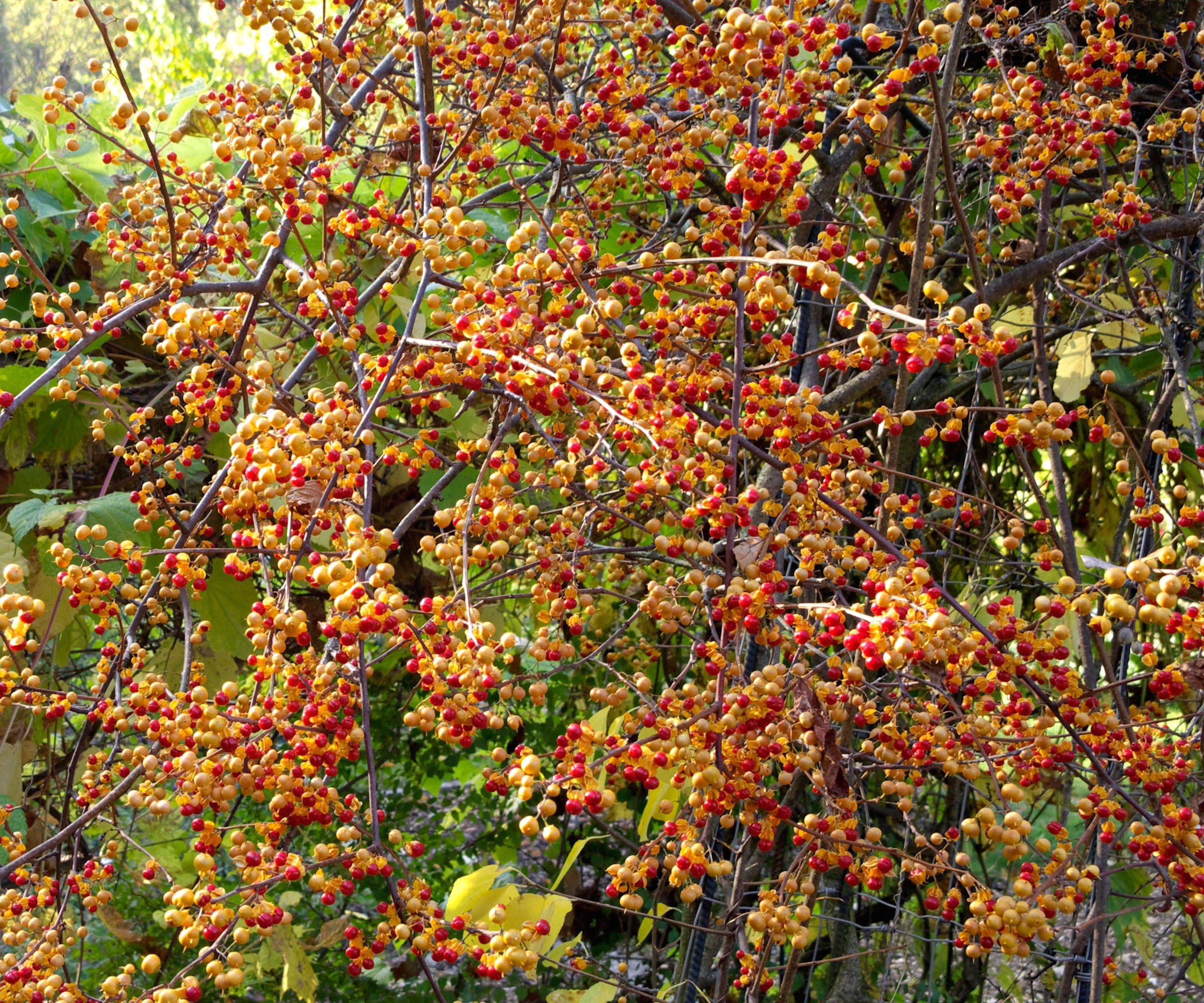
This native deciduous climber is truly a vine for all seasons. American bittersweet, or Celastrus scandens, not only displays excellent leaf color in fall, but also produces clusters of orange-yellow fruits that split to reveal crimson seeds.
Native to Illinois, American bittersweet can today be found growing across much of eastern North America, extending as far north as US hardiness zone 3.
It has a preference for full sun and well-draining soil, but will prove to be both resilient and versatile wherever it is planted.
Keep an eye on pets and children, however, as the fruits and seeds are toxic.
American bittersweet live starter plants can be ordered via Amazon.
4. Coral Honeysuckle
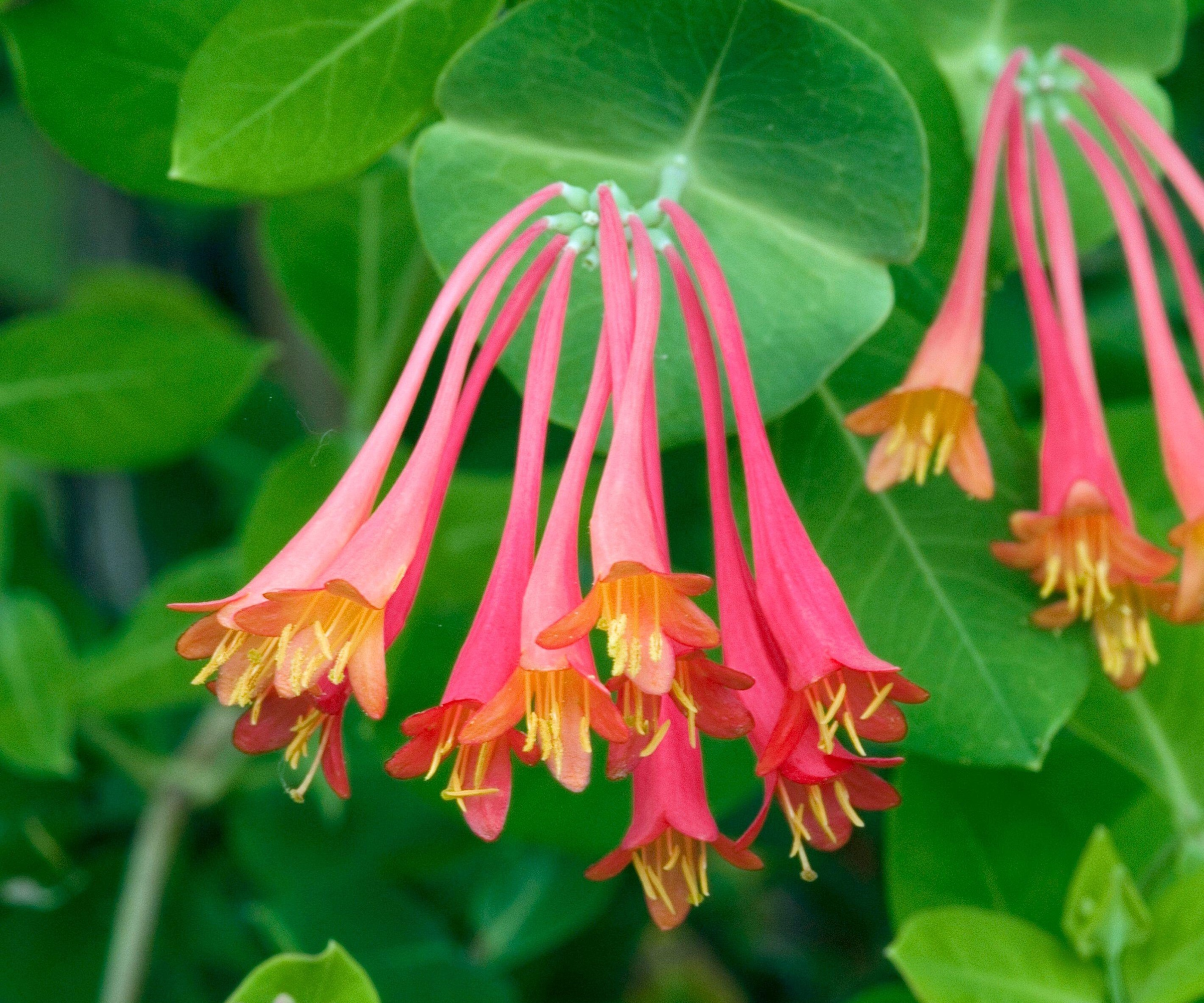
'One of the best honeysuckles, in my opinion, is actually one of our native species,' says Reese Robbins, garden expert and creator of Just Pure Gardening.
'Coral honeysuckles, or Lonicera sempervirens, are ideal native alternatives to invasive wisteria plants, competing both in terms of fragrance and color.'
This flowering climber is 'fully hardy and can be grown down to zone 4,' ideally in a sunny spot. They aren't too fussy about soil, but be sure to give them a good watering during the first year after planting.
Live coral honeysuckle starter plants are available from Walmart.

Reese L. Robbins is the founder of Just Pure Gardening, a site full of fruit and vegetable growing guides, garden ideas, and garden product reviews.
5. Kentucky wisteria
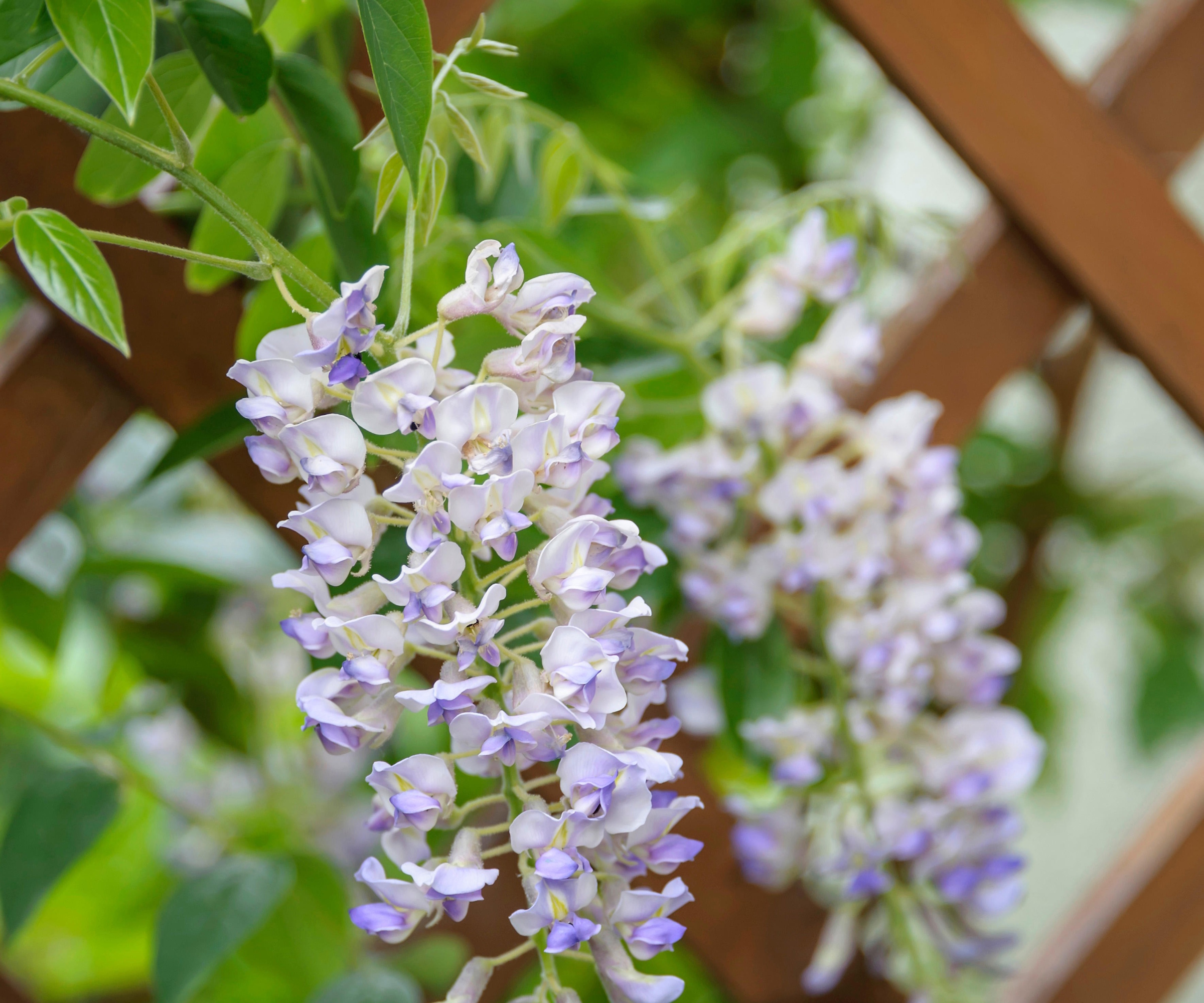
Lesser known than other wisteria species is the Kentucky wisteria, or Wisteria macrostachya (sometimes labelled as Wisteria frutescens var. macrostachya).
Native to the southcentral U.S., ranging from Louisiana and Texas to Kentucky and Oklahoma, Wisteria macrostachya is a tough North American vine that can grow almost anywhere.
Hardy down to zone 3, the Kentucky wisteria grows best in slightly acidic, moderately fertile soil, with a preference for full sun. Aim for a spot with at least six or eight hours of direct light for the best flowering results.
This vine will need some form of climbing plant support or structure on which to grow, and while it might be a little slow to establish in the first year or two, once settled, it will eventually produce a bounty of lilac blooms each spring.
FAQs
How do I remove an invasive wisteria plant from my yard?
Start by cutting your invasive vine down to ground level. This might require a pruning saw, depending on the girth of the stems. Try this Fiskars pruning saw, available from Walmart. Following this, try to dig up some of the roots. Shoots and runners may emerge over the coming months, and repeated cutting and digging of the roots will be necessary. Eventually, with persistence and hard work, your invasive wisteria should be no more.
Whatever native species you opt to grow, the best time to plant them in your yard is usually spring or fall. After planting, be sure to complete some deep watering to help your new vines settle and provide some support to guide the new growth.
For more climbing plant inspiration, see our guide on how to grow Virginia creeper, a deciduous native species that has striking coloration during the fall months.
Shop climbing plant accessories

Thomas is a Content Editor within the Gardens Team at Homes and Gardens. He has worked as a professional gardener for both public spaces and private estates, specializing in productive gardening, growing food and flowers. Trained in Horticulture at the Garden Museum, he has written on gardening and garden history for various publications, including The English Garden, Gardens Illustrated, Hortus, The London Gardener and Bloom. He has co-authored a Lonely Planet travel book, The Tree Atlas, due out in 2024.
